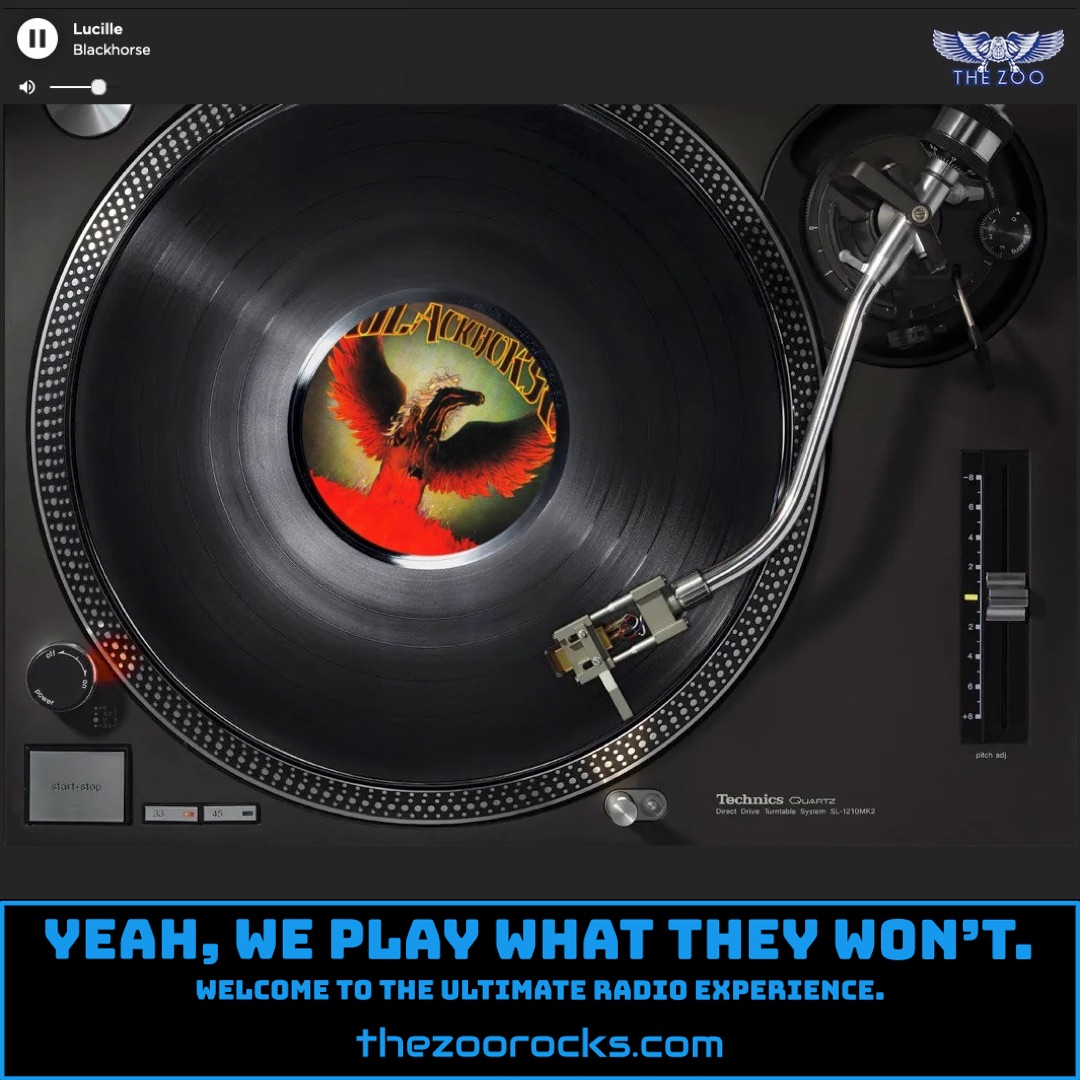Won’t Get Fooled Again
The Who
"Won’t Get Fooled Again," the epic closer from The Who’s 1971 album Who’s Next, is a sonic and cultural juggernaut, clocking in at over eight minutes of raw energy and revolutionary spirit. Written by Pete Townshend, the song was born from the ashes of a scrapped rock opera called Lifehouse, intended as a follow-up to Tommy. Townshend has said in interviews that the track’s iconic synthesizer riff—created using a Lowrey organ and an EMS VCS 3 synth—was inspired by minimalist composer Terry Riley, giving it a hypnotic, futuristic edge. The song’s lyrics, with lines like “Meet the new boss, same as the old boss,” reflect Townshend’s disillusionment with political upheaval, a sentiment he expressed in a 1971 Rolling Stone interview, noting it was about “the revolution that never really changes anything.” That scream from Roger Daltrey? It’s one of rock’s most legendary vocal moments, captured in a single take at the end of a grueling session, as Townshend recalled in a 2006 Sound on Sound article. The band shared a post on X on June 25, 2020, celebrating the song’s 49th anniversary, urging fans to “open your windows, turn it up and let your neighbours enjoy it too!”
Another tidbit: the song’s full version was rarely played live in its entirety due to its length, but when it was, it was a showstopper. A 1978 performance at Shepperton Studios, filmed for The Kids Are Alright, was Keith Moon’s final show with the band before his death, making it a poignant moment in their history, as noted on the Rhythm Section Gatlinburg website. The track hit the UK Top 10 as a single in June 1971, a feat highlighted on Hitstreet Music, and its enduring power was evident when The Who closed Glastonbury 2015 with it, a moment they shared on X. Townshend’s guitar-smashing days may have inspired the song’s chaotic energy, but he’s also said it’s about personal transformation, telling NPR in 2019 that it’s “a cry of defiance, but also of hope.”
The Who formed in London in 1962, when Roger Daltrey recruited Pete Townshend and John Entwistle to join his band, the Detours. Drummer Doug Sandom was soon replaced by Keith Moon in 1964, cementing the classic lineup. As detailed on Britannica, they started as a mod act, embracing sharp suits and R&B to appeal to West London’s fashion-obsessed youth. Their early singles like “I Can’t Explain” and “My Generation” captured teenage angst with a ferocity that set them apart, fueled by Townshend’s savage guitar chords and Moon’s frenetic drumming. By the late ’60s, they’d ditched the mod image for a rawer, boundary-pushing sound, with Townshend’s rock opera ambitions leading to Tommy in 1969. That album, and their explosive Woodstock performance, catapulted them to global fame, setting the stage for Who’s Next. Townshend’s devotion to Indian mystic Meher Baba deeply influenced his songwriting, giving their music a spiritual depth rare for the era.
You can keep up with The Who on their official website, where they share tour dates and news. Their Facebook page is active with concert photos and throwbacks, while Instagram offers behind-the-scenes glimpses and archival gems. On X, they engage fans with posts like their November 2023 “Who Friday” celebration of “Won’t Get Fooled Again.” Fans gather at sites like The Who Tribute Band UK, run by The Goldhawks, a top tribute act. On Facebook, groups like The Who Fans unite “Zoo Freaks” to discuss favorite tracks and share memorabilia. These platforms keep the band’s legacy alive, proving The Who’s music still resonates with rebels and dreamers alike.

